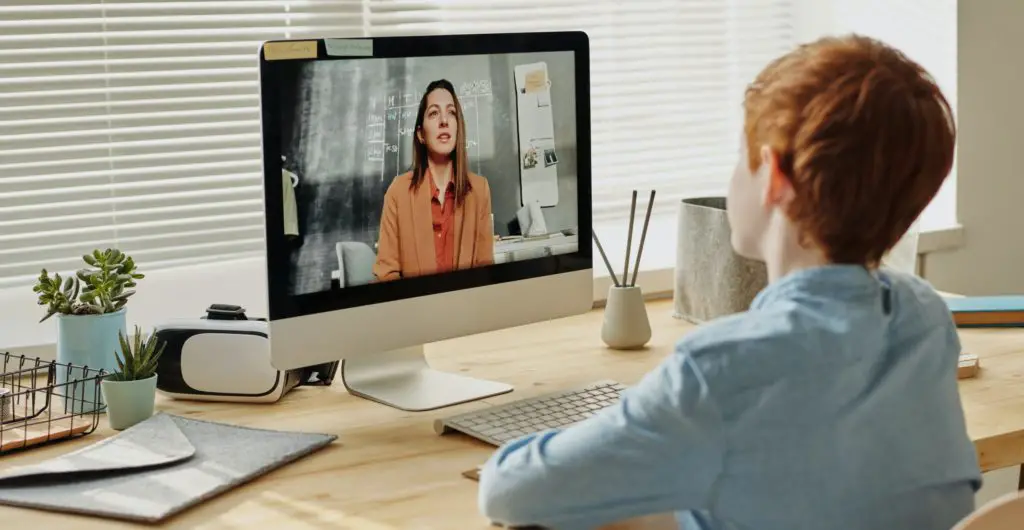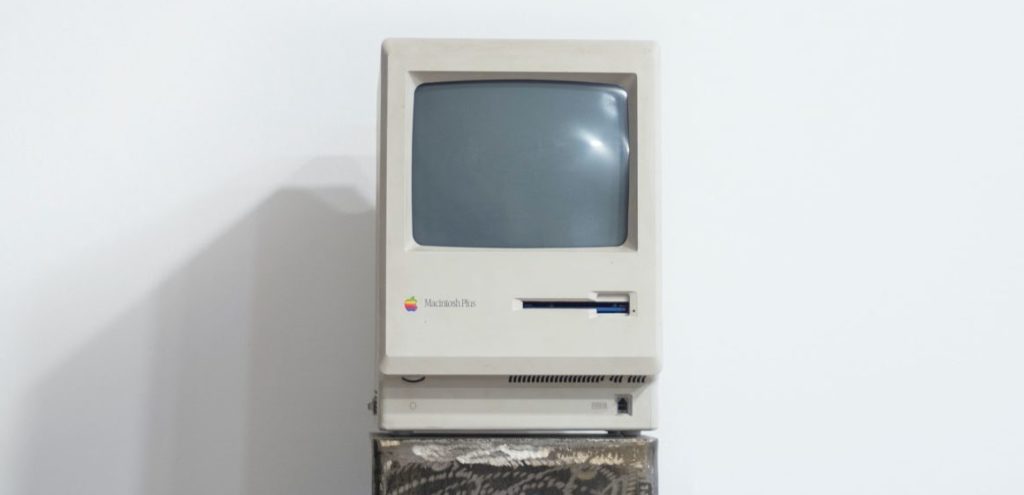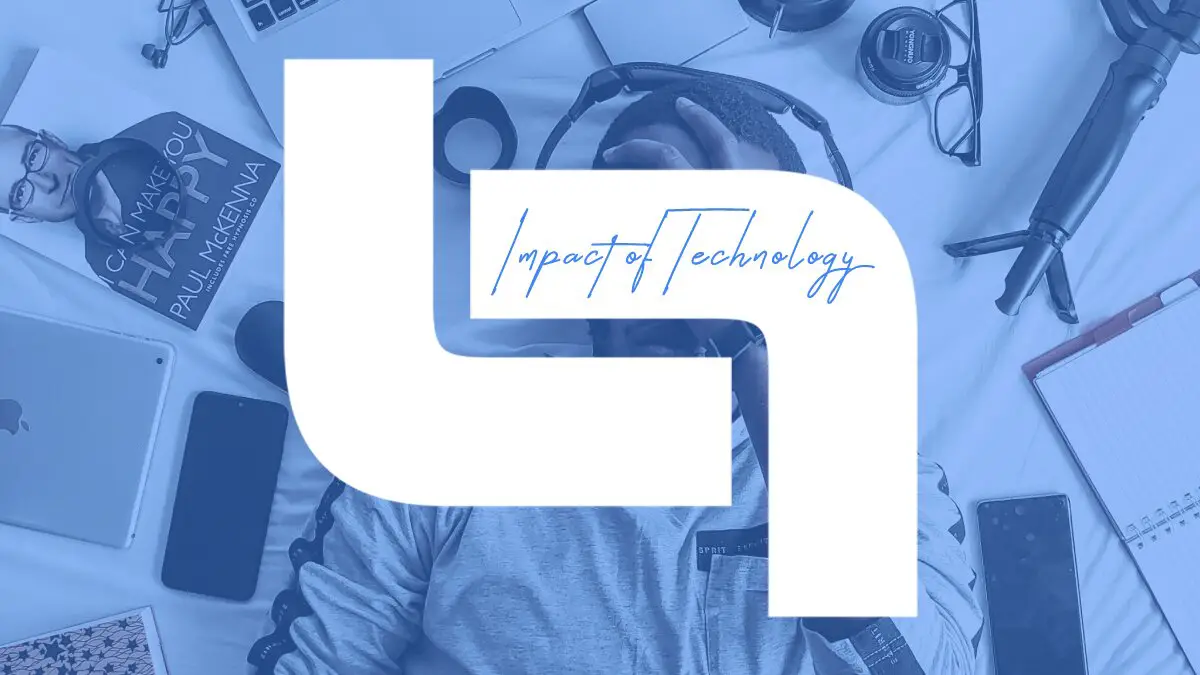Modern technologies in education make it possible to obtain knowledge remotely, in a fuller volume, and with less time and money. There are new methods of interaction between a teacher and a student. When choosing an educational institution, the emphasis has shifted to the quality of education rather than proximity to the place of residence.
The Internet has made adjustments to education. The changes have affected both teaching methods and approaches to organizing the educational process. The education system is going through the stage of merging with the global information space. This allows you to use modern methods to study the material, which becomes more comfortable and accessible.
Of course, technology solves a lot of students’ problems, but sometimes, they face difficulties that are harder to solve. We are talking about situations when it comes to doing homework. Fortunately, there are special services to help you with this. For example, when you face a complicated writing project, you can just google, “do my paper for me,” and find a reliable website. Writers there can help with research papers, dissertations, essay writing, and other issues.
Distance Learning Technologies

Technical devices (computers, smartphones, tablets, etc.) are the basis of the modernization process in the education system. With their help, you can study the material qualitatively without consideration of the place of study. Distance learning technologies in education allow students and teachers to interact regardless of where they live.
To do this, the following activities are carried out:
- webinars
- online meetings in messengers and services
- practice in modern computer rooms
- access to personal accounts on special sites
Traditional learning methods are focused on rote memorization of information. This does not take into account the convenience of being in the classroom. As a result, information is transmitted in a standard way, without affecting multimedia and other methods of interacting with students. E-education and information technology are expanding the learning opportunities for people.
Studying online allows you to quickly find relevant information on the topic being studied. If learning with the help of computers and other devices takes place in a modern classroom, students can acquire knowledge in more comfortable conditions.
An updatable database is used instead of outdated textbooks. Also, for distance learning, a convenient information environment is created, including modern computers, interactive whiteboards, and so on.
If distance e-learning is possible from home, students can learn without going to classrooms. It also affects the quality of the assimilation of the material. Studying at home is great for people with social problems.
How It Started

Until 1970, industrial projects were actively developing:
- aviation
- nuclear power
- space industry
- hydroelectric power stations and nuclear power plants
In subsequent years, the field of electronics, microelectronics, information carriers, information transmitters, and other areas have been starting to develop. Now technology and information serve as the foundation for the study of sciences, the establishment of production, and the improvement of life. The impact of modern technology on education has proven to be decisive for its diffusion. This led to the fact that not the information itself is valued but the ability to find it.
The importance of the knowledge of computer programs, systems, and services has also increased. For example, 50 years ago, a drawing had to be created using hand tools and our own knowledge. Knowledge of programs and technical devices is now required. The use of modern systems made it possible to minimize the likelihood of error and the human factor.
Modern information technologies have made it possible in a short time to give access to knowledge to almost all of humanity. This became possible due to the reduction in the physical size of computational modules and processors. For example, computers of the last century could not compete with modern computers because of their huge size but low power.
As information technologies become more accessible, in the future their use can be justified even for preschool children. For example, an educator can use an interactive whiteboard, videos to showcase materials, and so on. The child will be able to quickly get used to the digital environment of the future.

